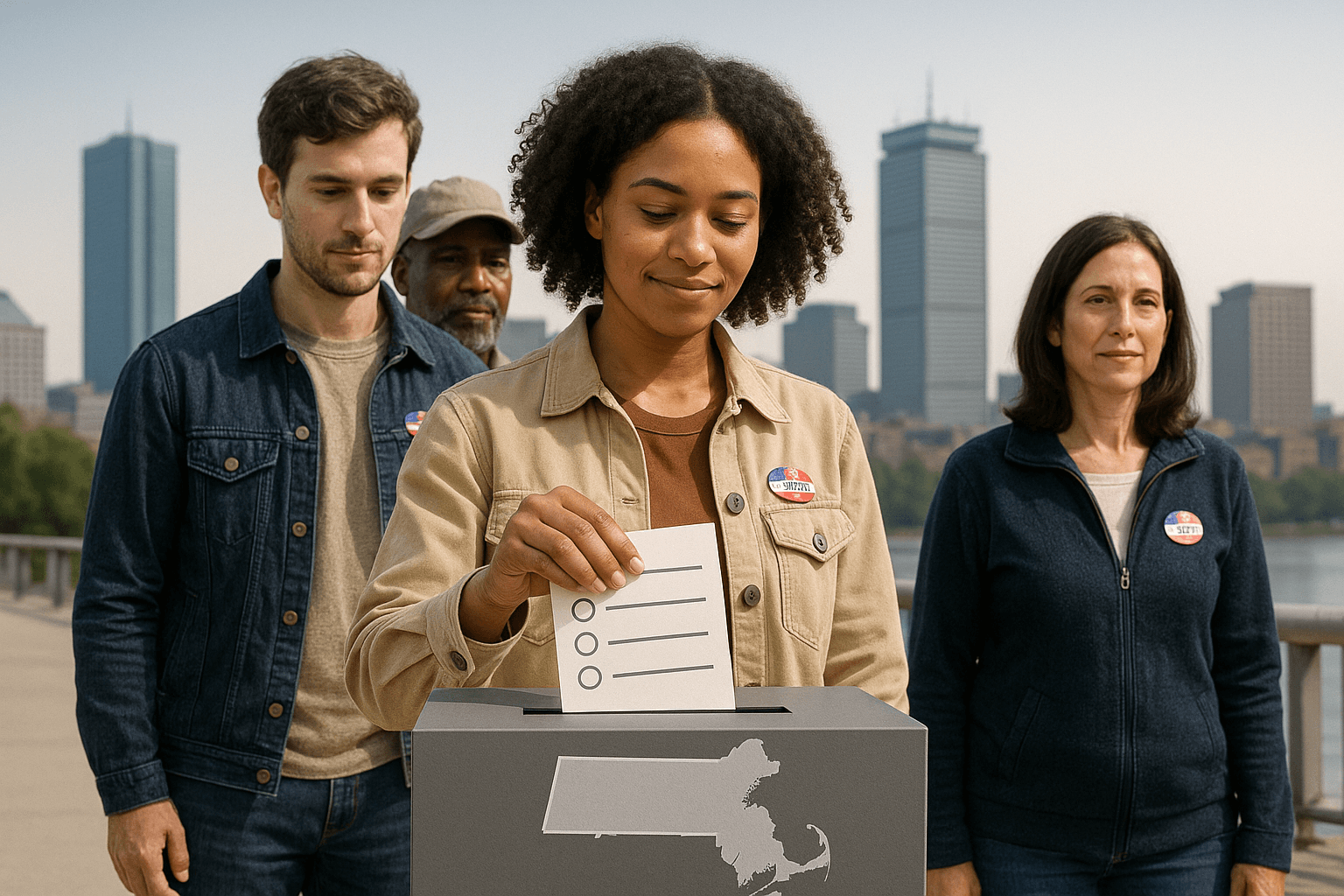Citizens Redistricting Commission reflects growing influence of Independents in California

California’s newly-seated Citizens Redistricting Commission, charged with redrawing the state’s Assembly, Senate, Board of Equalization and Congressional districts, is comprised of five Republicans, five Democrats and four Independents, two of whom have past ties to a third party.
The Commission was created with the passage of Proposition 11 in 2008, the Voters First Act, which was amended by the passage of Proposition 20 in November 2010 to empower the commission to redraw Congressional districts in addition to those of state offices. The Voters First Act explicitly stipulates that the Commission consist of five members from each of the two largest political parties in the state, as well as four members who are either decline-to-state voters or members of a third party.
The very fact that the Commission must include four individuals who are not members of either major party reflects the growing influence of Independents in California’s politics. Over the last decade, registration numbers for the Democratic and Republican parties have slowly but steadily declined, while the percentage of voters who decline to state a party affiliation has increased by over 50%. In 1998, Democrats constituted 47% of registered voters, with Republicans at 35% and decline-to-state voters at 13%. By 2010, Democrats dropped to 45%, Republicans dropped to 31%, and the unaffiliated jumped to 20% of all registered voters. Over the same period, third party registration has remained relatively constant, hovering around 4-5% of all registered voters. All four members of the Citizens Redistricting Commission who are not members of the Democratic or Republican parties are decline-to-state voters, though at least two have had a prior affiliation with a third party.
In his application for the Commission, M. Andre Parvenu of Culver City apparently first identified himself as a member of the Peace and Freedom Party but then sent a follow-up email stating that he is in fact a decline-to-state voter, not registered with a political party. Asked about the discrepancy at an applicant review panel on September 9, 2010, Mr. Parvenu stated that he had voted for the Peace and Freedom Party in the past but now prefers to be nonpartisan, and thought it would be “better to go decline to state,” adding, “throughout this process I want to remain neutral.” Mr. Parvenu has a bachelor’s degree in geography and urban studies, a master’s degree in geography and urban planning, and has been a city planner in Los Angeles for the last ten years.
Another Independent member of the Commission appears to have past ties to the Green Party. Michelle R. DiGuilio-Matz of Stockton cites her status as a decline-to-state voter as evidence of her “ability to be impartial.” In response to an essay question on her application for the Commission, she writes, “While I have been listed with formal political parties I have always voted in a manner to reflect the qualifications and expereince of the individual or issue on the ballot.” Asked later to clarify what she meant by this statement, DiGuilio-Matz responded that she had previously been a member of the Democratic Party and the Green Party, but has been registered as a decline-to-state voter for at least five years. In her application materials, she writes:
“I have found that, while organized political groups have certain commonalities and/or affiliations that may serve their consituents, I too often have seen strict party adherance coming at the expense of rational discussion and critical thinking. “Decline to State” reflects my desire to be as unbiased as possible in adhering to political positions and a willingness to be open minded in measuring the validity of various positions.”
Stanley Forbes of Esparto California, a decline-to-state voter, cites the pernicious influence of party in describing his interest in serving on the Citizens Redistricting Commission. He argues that districts should be “based on communities of interest criteria: geographic, ethnic, economic and many others.” He states, however, that currently:
“the primary community of interest is political party registration. This effectively results in many single party legislative districts that may not represent communities of interest that reflect our common interests in solving the problems facing the state.”
The results of this fact are apparent in political polarization and gridlock in the state legislature.
Last but not least is Connie Galambos Malloy, a decline-to-state voter from Oakland who, like the other members of the Commission, has a long resume of community activism. In one of her application essays for the Commission, Galambos Malloy states that it was by working with local communities that she recognized the disparity between those communities and their political representation. She writes:
“while working on environmental toxics issues in the Central Valley, I was surprised to learn how significant a share of the population Latinos represent, yet how they comprise few to none of the local elected and appointed officials in that region.” She continues, “This dearth of political representation indicates an imbalance in the democratic process and I’ve witnessed similar dynamics plays out across the state on local planning and policy issues.”
To learn more about the Citizens Redistricting Commission, visit their website. For more information on the Commissioners, see the Commission Applicants Page.




